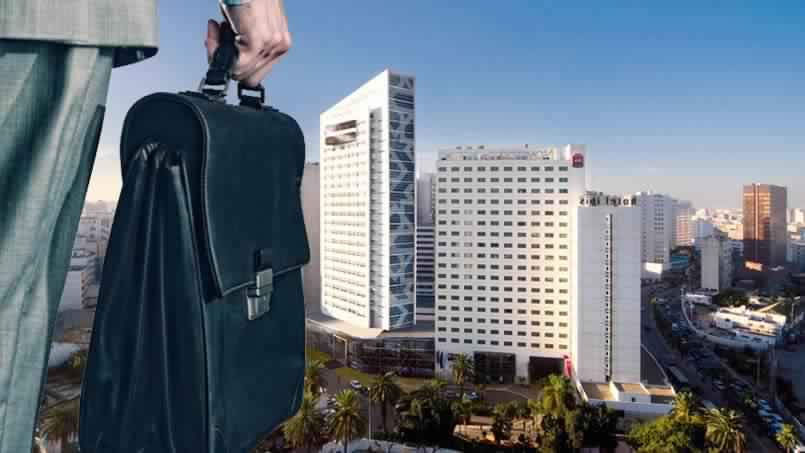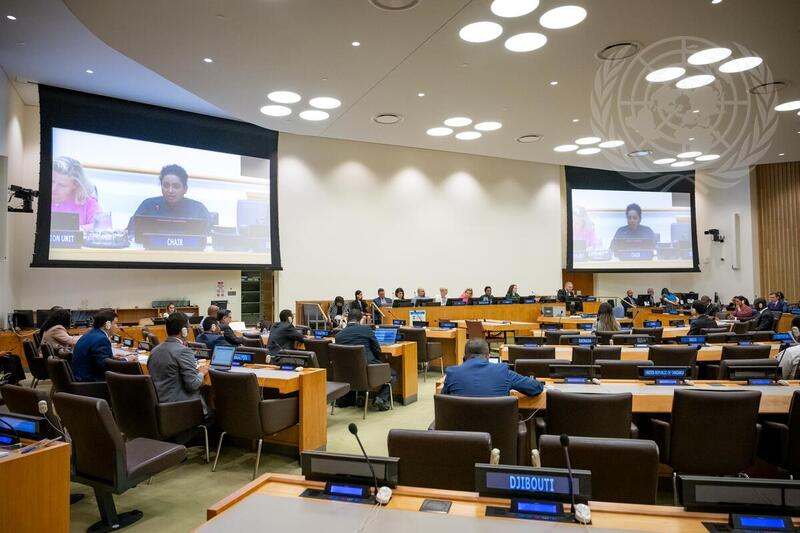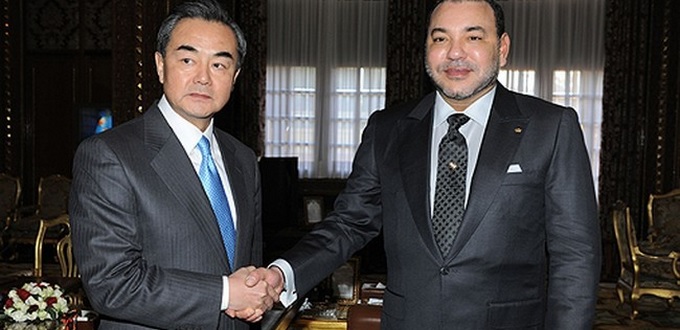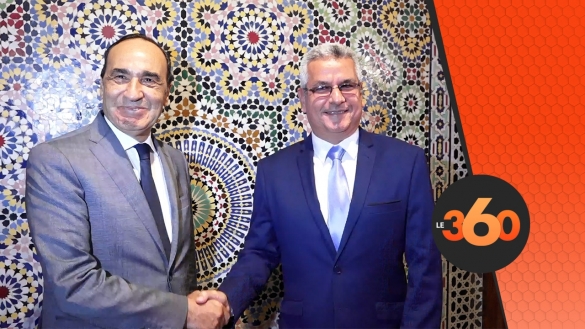Over the past two decades, investment in Morocco amounted to 30% of GDP annually, in an effort led by the state. This model has hit its limits as Morocco aspires to see the private sector playing a leading role in promoting investments and bolstering growth.
The adoption of the investment charter last year aims to increase the share of the private sector in investments from 1/3 to 2/3. Investment Minister Mouhcine Jazouli said a series of incentives amounting to 30% of the investment cost will be offered to investors carrying high-tech or strategic projects.
Similar incentives will be given to investors who choose to set up projects in Morocco’s poor regions, in a bid to bridge the gap between regions.
Jazouli said that the law was the next step in Morocco’s investment push which yielded world-class infrastructure including 2000 km of highways and ports. These together with a median age of 29 years old make Morocco a competitive destination for FDIs, he said.
Morocco has also announced an investment fund worth 4.5 billion dollars, including a government contribution of 1.5 billion with the rest to be funded by private and multilateral partners.
Speaking at a conference held by the council for development and solidarity in Rabat, head of the fund Mohamed Benchaaboun said the goal was to spur private investments that are profitable and that the fund would give particular attention to promoting SMEs.
In his keynote address at the event, central bank governor Jouahri recalled the difficult context in which Morocco seeks more investments notably after the geopolitical tensions and their impact on market disruptions and inflation that led to tighter monetary policies across the world.
He also noted the need to promote private investments by facilitating administrative procedures, fighting corruption and easing access to funding.
Morocco aims to attract investments worth 550 billion dirhams or $55 billion and to create 500,000 jobs by 2026. Its development model targets doubling the GDP per capita by 2035.



